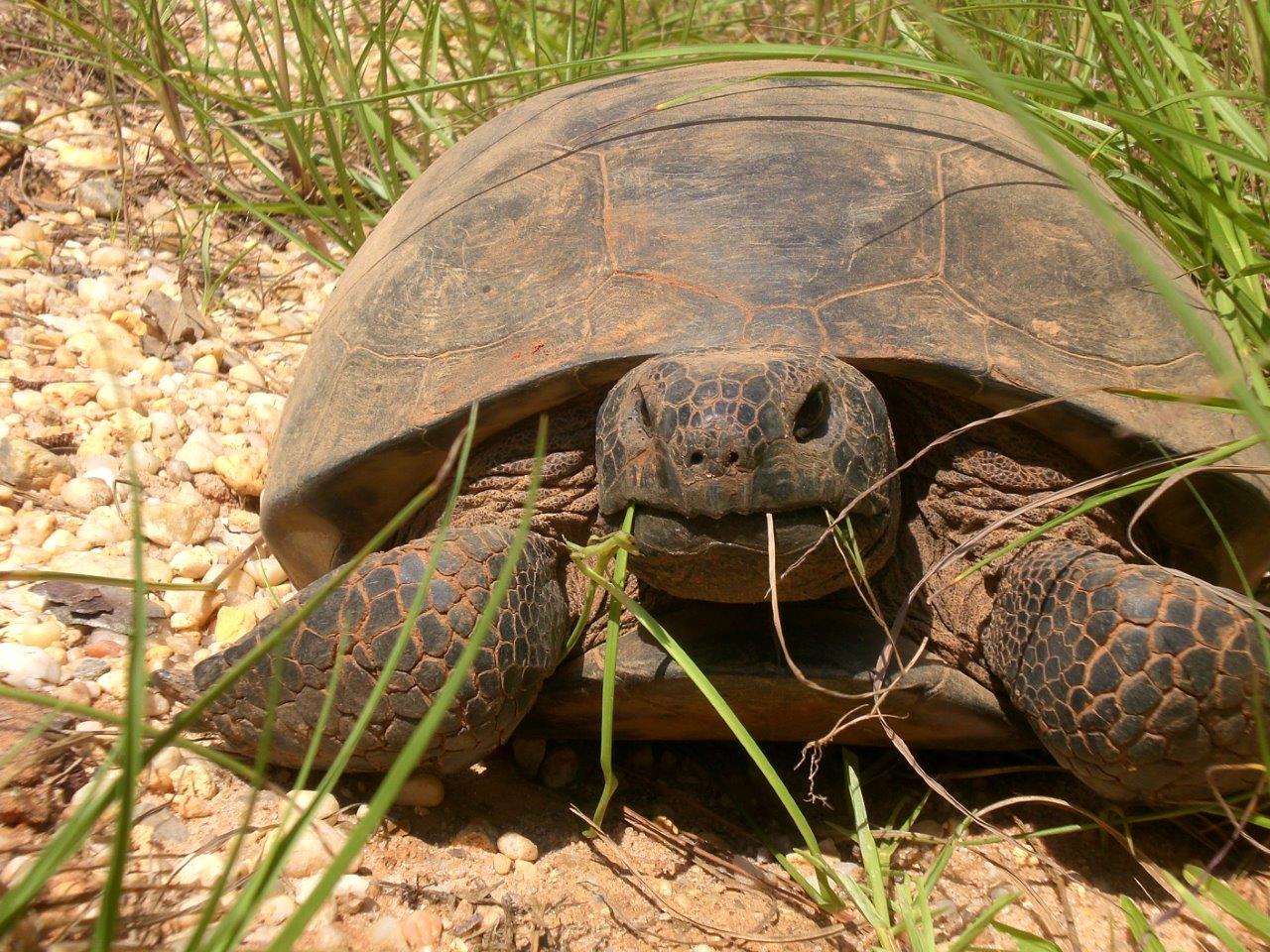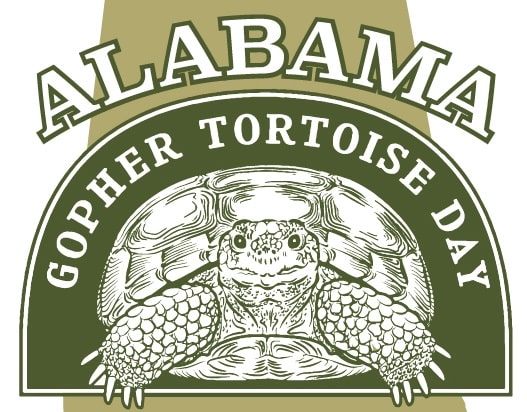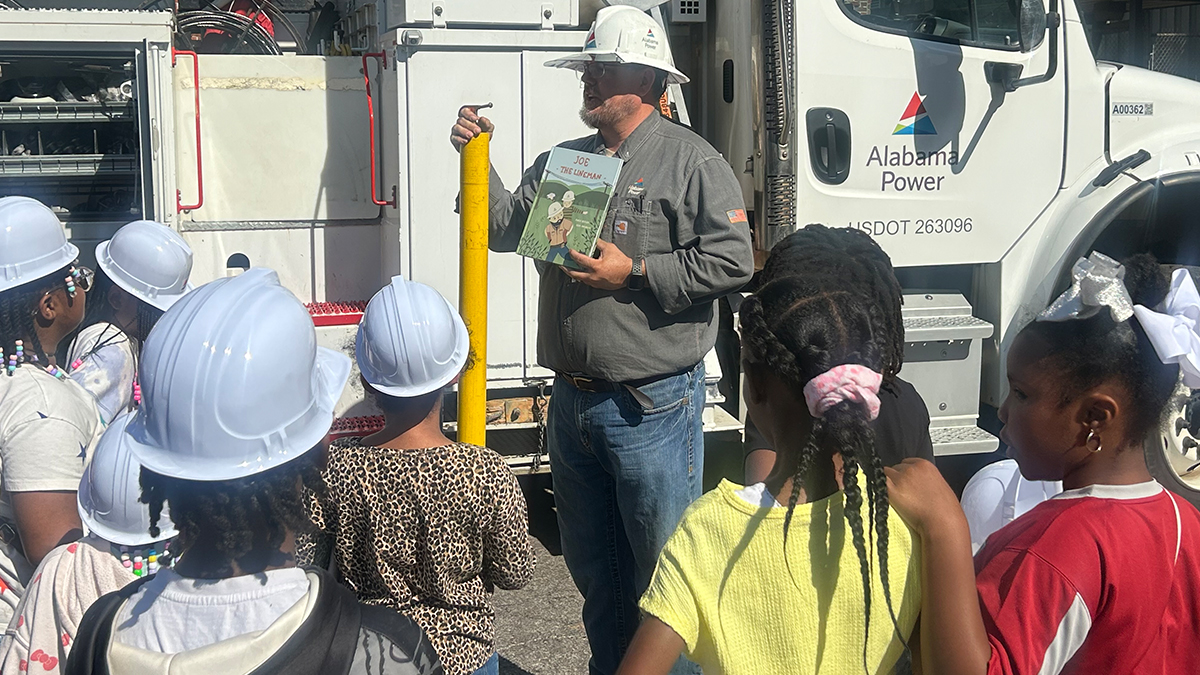It’s Gopher Tortoise Day: celebrating a rare Alabama species in a race for survival

The gopher tortoise population in Alabama and in other Southern states has declined. A coalition of organizations is hoping to reverse the trend. (Gopher Tortoise Council)
Most everyone knows the old fable, The Hare and the Tortoise, and how the slow-moving tortoise, despite an inability to match the swiftness of its rival, finds a way to win the race.
But when it comes to the gopher tortoise, native to South Alabama, its race for survival is far more precarious. And whether it makes it could affect the fate of scores of other species.
It’s a situation that has many wildlife experts in Alabama and elsewhere working to raise awareness about the gopher tortoise. And what better way than to give the gopher tortoise its own, special day.
Happy Gopher Tortoise Day – April 10 – as designated by the Gopher Tortoise Council, a nonprofit created by biologists from across the Southeast who are alarmed by the decline of the species.
Gopher tortoises live in the coastal plains of Alabama and throughout Florida, as well as in portions of Louisiana, Mississippi, South Carolina and Georgia. Within the western part of its range in Alabama – in Mobile, Washington and Choctaw counties – as well as in Mississippi and Louisiana, the tortoise is listed as a federally threatened species. State regulations help protect the tortoises in the rest of its range.
The reason for the protections: Gopher tortoises are considered a keystone species – one that plays a vital role in the health of many other animals. And it’s the burrows they dig for themselves that make them particularly important.

The gopher tortoise is a keystone species with burrows that are used by many other animals. (Carrie Threadgill / Outdoor Alabama)
According to the Alabama Department of Conservation and Natural Resources (ADCNR), more than 360 species of mammals, birds, reptiles, amphibians and invertebrates spend all or a portion of their lives in either active or abandoned gopher tortoise burrows. Some species are completely dependent on the burrows for their survival.
Over the decades, human-related development and habitat destruction have taken a toll on the species. Today, Alabama Power biologists are among the experts working to protect gopher tortoises and their habitat and, in turn, the many other species tied to their survival.
Alabama Power coordinates with experts from ADCNR, the U.S. Fish and Wildlife Service and other agencies to identify gopher tortoise habitat on its land holdings, especially around transmission lines. In fact, utility rights of way offer some of the best remaining habitat in many areas, because much of the surrounding lands are now taken up by densely planted commercial pine forests. These “pine plantations,” where fire is suppressed, are less suitable for the tortoises, which prefer more open, pine savannahs that require natural or prescribed fire to maintain them.
Before any work is done along company transmission lines in regions of the state where gopher tortoises live, Alabama Power biologists scour the area for their burrows. If any are found, the burrows are marked to ensure they aren’t disturbed.
Alabama Power is also a signee to the Gopher Tortoise Candidate Conservation Agreement, a cooperative, rangewide approach to help protect the species. The company is also involved in the Alabama Tortoise Alliance, which aims to foster communication and coordination among organizations, agencies and landowners interested in aiding the gopher tortoise.
Alabama Power and parent Southern Company also support tortoise protection through the nonprofit National Fish and Wildlife Foundation’s Longleaf Landscape Stewardship Fund. It provides resources for expanding longleaf pine forests, which supports not only gopher tortoises but an enormous array of other important species across the Southeast.
“Protecting at-risk species like the gopher tortoise and their habitat is an integral part of Alabama Power’s longstanding commitment to conservation,” said Jason Carlee, Water Field Services manager in the company’s Environmental Affairs department.
He noted that a number of rare plants also have been found along Alabama Power rights of way, including the Alabama canebrake pitcher plant and the white fringeless orchid. The company’s Environmental Affairs team works closely with agency partners to support their preservation, too.
“Working with state and federal partners to create habitat, and ensuring wildlife is protected through our operations, helps ensure these species will be here for future generations,” Carlee said.
Want to know more about the gopher tortoise? Click here for 39 fun facts about the species. For a guide on how to identify a gopher tortoise burrow, click here.
To learn more about Alabama Power’s ongoing environmental stewardship efforts, click here.






